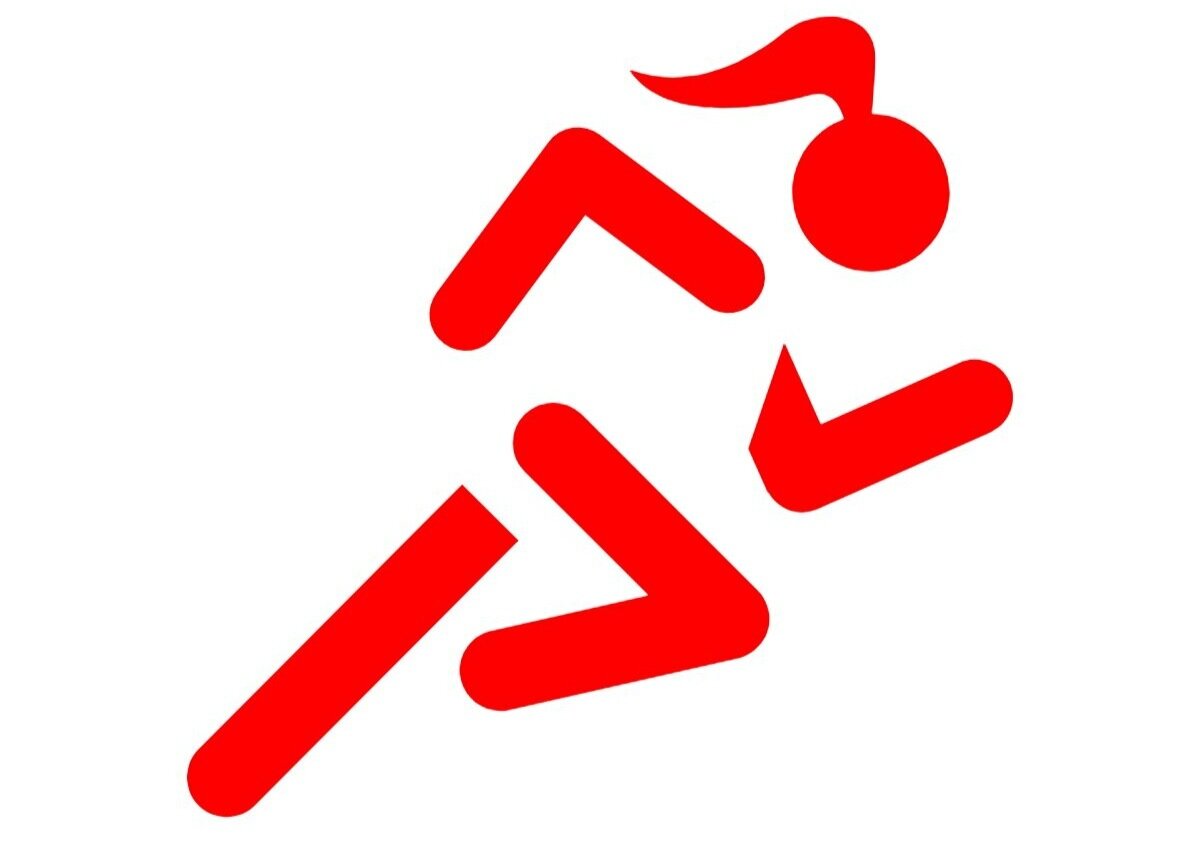Breathing
Fortunately you don’t have to think too much about breathing – your brain and body carefully coordinate to bring air into your lungs, and to expel the gases that you don’t need back out. But if you do think about breathing, it can help you out at those times when you might be struggling for breath, for example during exercise.
It’s perfectly natural to need to breathe more heavily during exercise – your body needs more oxygen and produces more carbon dioxide that it needs to expel – and so the breathing mechanism needs to take itself up a notch. Through training, your body’s systems will become more efficient and you’ll be able to breathe more easily during exercise, but this can take a bit of time to adapt so here are some things to do to help with the training process and to improve your breathing.
How does it work?
Air goes into your lungs where oxygen is transferred to your blood, which via your heart is then pumped round your body. Where oxygen is needed (like in your muscles) it is transferred out of your blood and into your muscles. Meanwhile any waste products (like carbon dioxide) are transferred into your blood and these return via the heart to the lungs where they can be expelled out, and the process repeats.
The lungs sit inside your ribs which form a moveable structure that can move from front to back, sideways and upwards to bring air into the lungs. If you place your hands on your ribs, you can feel that they take up quite a large amount of space. Also remind yourself that the body is three-dimensional and expansion of the lungs happens in all directions. The diaphragm muscle, that sits at the bottom of your lungs contracts and moves downwards creating a bigger space in the lungs and decreasing the pressure. This pulls air into the lungs as an inhalation. When the diaphragm relaxes, it rises again and forces any gases in the lungs out through the mouth or nose. This happens around 20,000 times per day.
How to breathe better?
I mentioned that the body moves in three dimensions to facilitate breathing and there are many muscles involved in supporting breathing. By making sure that these muscles are all able to work fully it can help the breathing mechanism work more effectively.
The intercostal muscles between our ribs are important to ensure that the rib movement allowing expansion of the rib cage can happen unhindered. Massage can help these muscles to move smoothly and after any injury massage can help reduce the impact of scar tissue.
Shoulder and neck muscles connect the top of the rib cage and so any tension in these areas can reduce the freedom of movement. Massage as a way to aid relaxation can therefore make breathing easier. Similarly the pectoral muscles, as part of the shoulder, are also involved in moving the rib cage up and downwards as breath moves in and out.
Down in your lower back, your quadratus lumborum needs to be in good working order to support the diaphragm and allow the expansion of the ribs during inhalation.
Breathing and exercise
Many beginner runners find it hard to catch their breath when they start and this can be troubling for them. As reassurance, this is a natural process to go through and you will repeat it as you increase intensity at any level of training or performance sport. Your body is working harder and therefore needs to use more oxygen and expel more carbon dioxide. Improvements can be made in practicing breathing to utilize the whole of your lung capacity. “Belly breathing” helps you to retrain your muscles to allow breath to enter right down to the base of the lungs. Place a hand on your belly button and feel it rise and lower as you breathe. If, at first only your chest is rising and falling, concentrate on allowing your lower belly to rise and fall.
When running, consider breathing through your mouth rather than your nose as more air can be brought into your system that way. Focus on the rhythm of breathing, perhaps trying to breathe in every two paces and then breathe out over the next two paces. Try to retain nasal breathing for the rest of the time - it’s very beneficial in many ways.
I’ve noted the many muscles involved in breathing and shown that the lungs take up quite a bit of space in your body. Make sure that your running posture allows all these muscles to work and that you are not hunched over, which would restrict the space the lungs have to expand fully.
You can incorporate all of these into your warm up as well – some belly breathing, changing the rhythm of your breathing as you increase pace and checking in on your running posture – before you start your run.
Summary
Breathing is a vital function of our lives and utilizes many muscles of the upper body. Breathing practice and massage can help you to breathe more effectively, particularly during exercise.
I am a qualified running coach and clinical sports massage therapist. For advice and guidance on running and running related injuries, get in touch.
